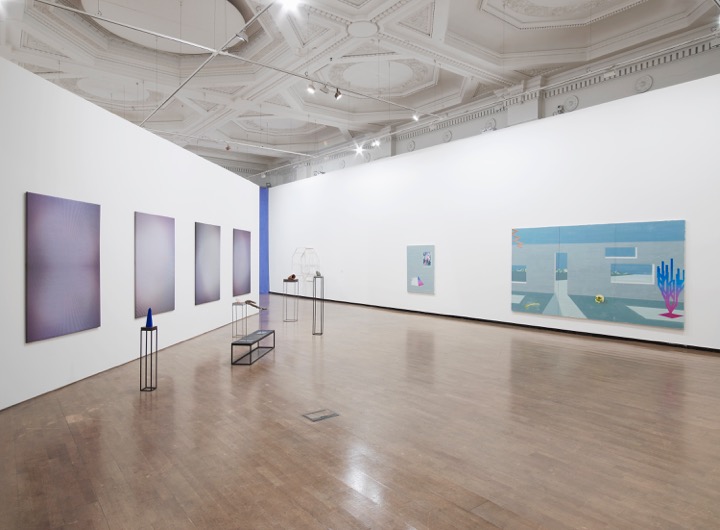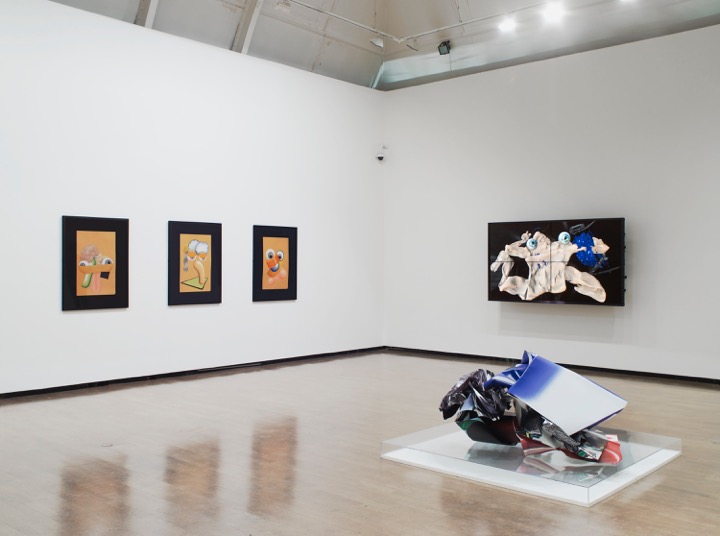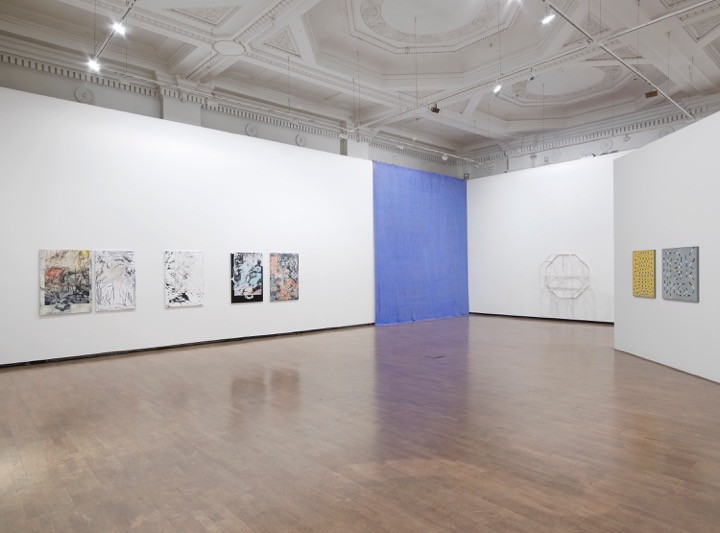Royal Academy Premiums: Interim Projects 2015
Art — 23.03.15
Words by George Upton
The Royal Academy Schools is different from other Art colleges in London. Unaffiliated with either the University of the Arts London or the University of London, housed not in the trendy South but in a Palladian mansion house in the centre of city, it has played a pivotal role British art since its conception in 1769. This is where J.M.W. Turner, John Constable and William Blake came to hone their skills, drawing from casts of ancient sculpture and copying Old Masters and, later, where Richard Hamilton would develop his style. Now, the school continues to support emerging artists, taking on around 17 students a year for a three year postgraduate course.
There is no fee and the Schools provides financial assistance to its students – a fact that is immediately apparent in the quality of Premiums: Interim Projects 2015, the RA Schools annual second year exhibition. For many student artists, the biggest challenge is in realising their ideas with limited resources and often their work is let down by poor execution. Here, however, there was a consistent professionalism that was mirrored by the grand space in which the work was exhibited.
Without a curriculum, the artists are encouraged to use their time at the Schools to develop their own work and this exhibition explores that process not by looking at the final product but by displaying artwork that is still developing. Here, TEETH has selected four artists that we think are ones to watch.

Alana Francis
Taking her inspiration from the Japanese artist Rokudenashiko, who was arrested for obscenity after making a kayak based on a mould of her vagina, Francis’ main piece comprises a kayak tied with silk rope in the manner of Kinbaku, Japanese bondage. It is a striking object and, supplemented by a publication printed on origami paper, confronts a universal discomfort in society with female sexuality through the lens of Japan’s sexual culture.
Kira Freije
Comprising simply of 2 meter tall anodised aluminium columns that curve to meet the wall, sometimes solitary, sometimes arranged in a sequence, there is a distinct echo in Freije’s work of minimalist sculpture. In these half-arches, she creates space, a passageway that references the vast perspectives of colonnades of art and architecture past. There is a sense of human presence, or rather an absence of one, both in the work’s deliberate, man-made construction and in how they encourage the viewer to move through the space.

Anna Hughes
Hughes presented both sculpture and works on canvas at Premiums. The latter are perhaps best described as the abstracted, intensely detailed geometric forms that appear when looking at a computer screen though a camera. As a digital print on canvas, there is a reflection here on how art functions in the digital age as well as a discussion of the role of the artist. Digital printing onto canvas is more often seen in High Street reprographic shops than in art galleries. Hughes takes this process which, unlike other methods of printing onto canvas that are favoured by artists, requires little technical skill, and creates mesmerising, liquid forms that shimmer as you pass.

Anna Paterson
The abstraction in Anna Paterson’s work clearly owes much to ab-ex practitioners in the 1960s and more recently to Gerhard Richter and Sigmar Polke. But she manages to bring a fresh and inventive element to her work in a genre that is otherwise at risk of being derivative. Her muted palette set into forms at once unnatural and yet organic is subtle and shows a promising mastery of paint and image.








